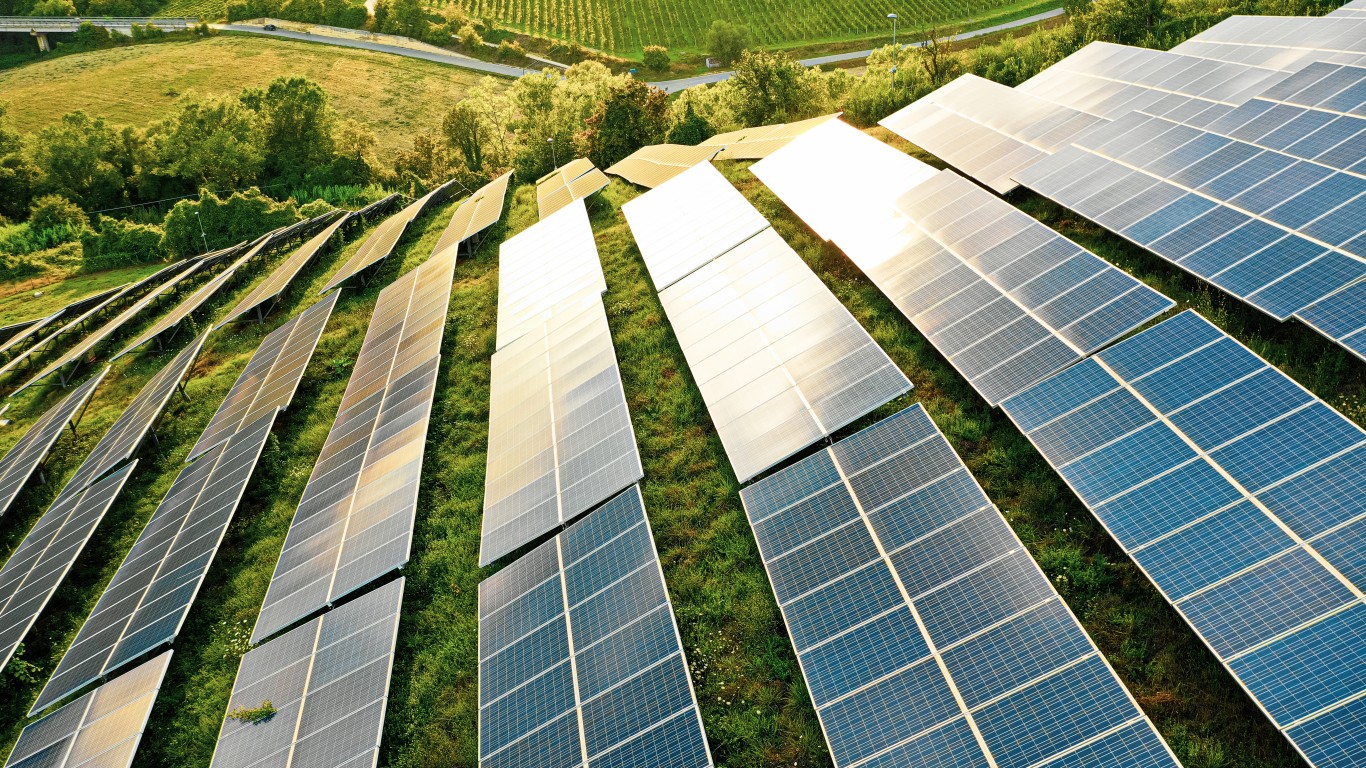
In today’s issue:
— Russia’s invasion of Ukraine was supposed to speed the renewable transition. What happened?
— One of the world’s leading atmospheric observatories is sitting on an erupting volcano
— What Switzerland’s new mandate on climate risk reporting means for the U.S.
— How a new term called dynamic line rating (DLR) could upgrade the power grid system and deliver more renewable energy at the same time
— A British aviation giant has successfully used hydrogen to power a jet engine for the first time
— A short list of the largest polluters in the U.S.
One of the most common refrains among politicians and climate leaders since Russia’s invasion of Ukraine is that there is a thin silver lining in the wartime storm clouds as the backlash against Vladimir Putin will finally wean Europe off Russia’s oil and gas and speed the transition to renewable energy.
Only problem is that nine months later we’re still headed in the opposite direction.
Heading into December, we’re staring at a new record for coal usage worldwide and an increase in oil production of almost 5% to more than 100 million barrels a day, according to forecasts from the International Energy Agency. Saudi Arabia and the UAE have easily made up for lost production from Russia.
Gas production is expected to be flat while the increase of installed capacity for renewable energy such as solar and wind are up only 8%. In Europe, where the gains are expected to be largest, solar and wind usage has climbed to a record 24% of the total energy mix, but only up from 21%. Those gains were held back somewhat by a decline in hydro energy use because of droughts.
To be fair, experts have always said that the changes would come long term, but we’re not sure how long they mean. Certainly not longer than if there was no Russian backlash, we trust. In the meantime, plans by countries like Germany to place a windfall tax of up to 90% on energy company profits, including renewables, does little to encourage investment.
If the first casualty of war is truth, certainly rosy forecasts can’t be far behind. Then again, who thought Ukraine would still be independent by now, either?
Subscribe to Callaway Climate Insights to keep reading this post and get 7 days of free access to the full post archives.





